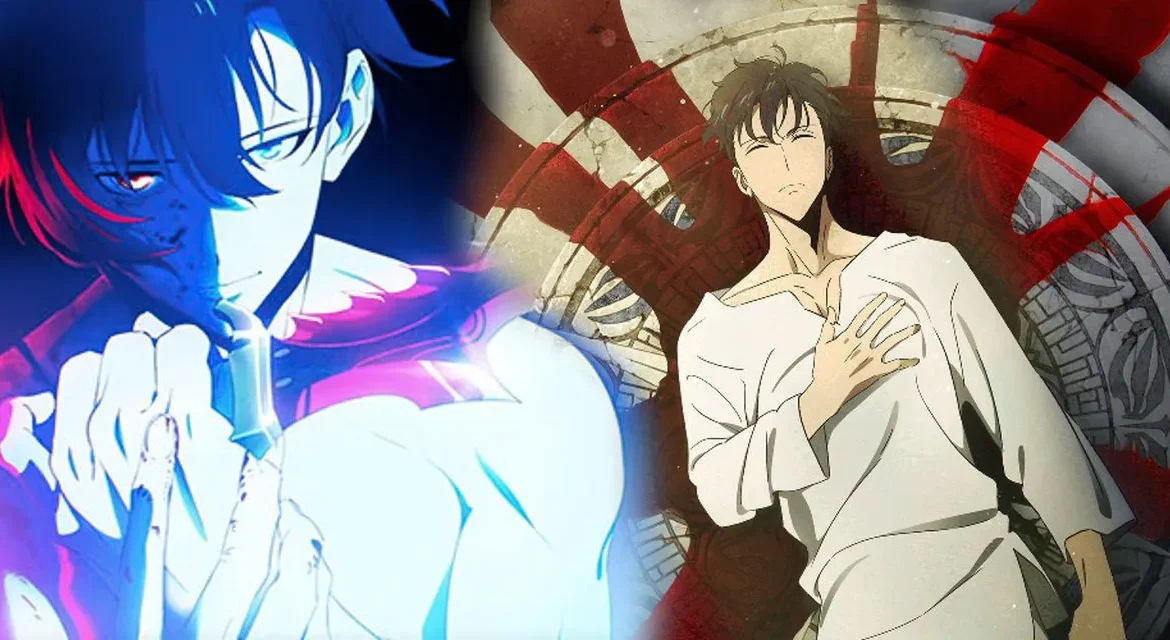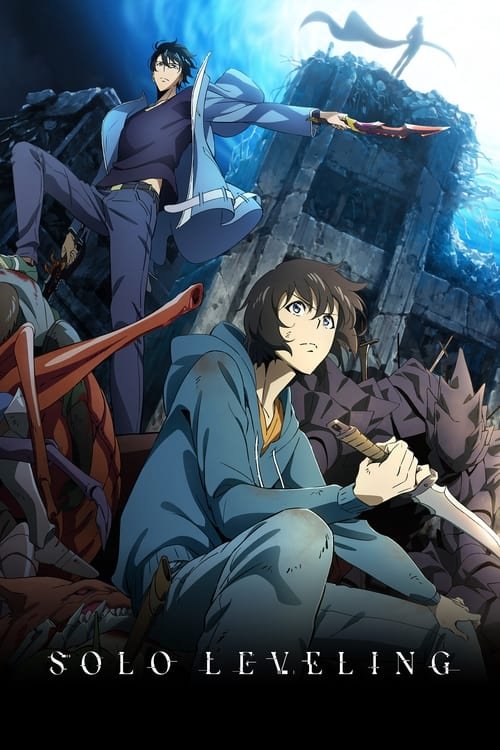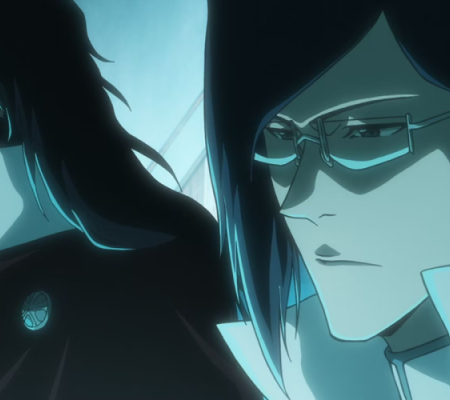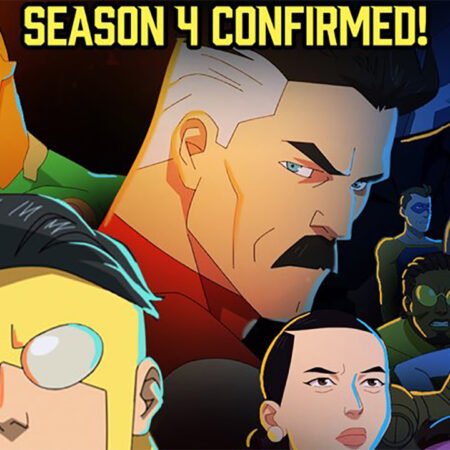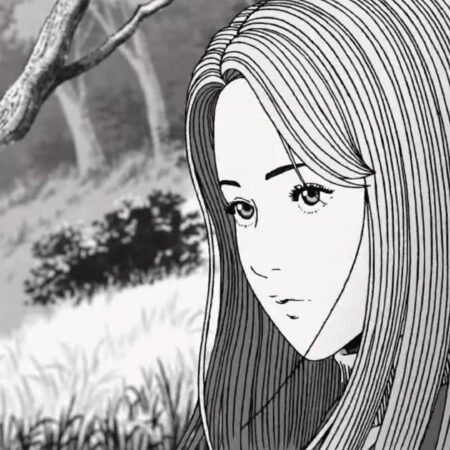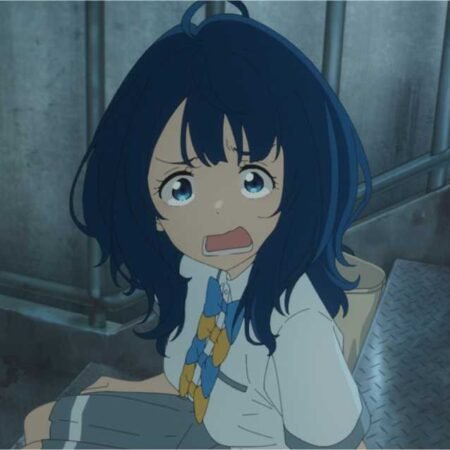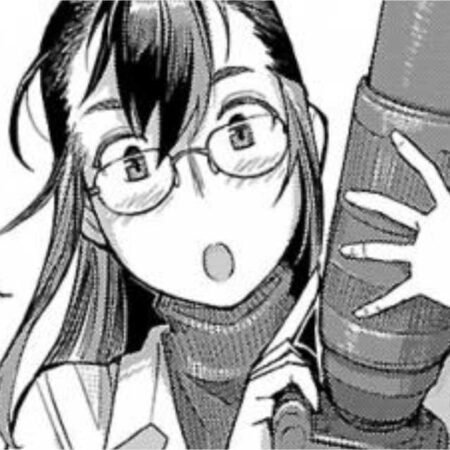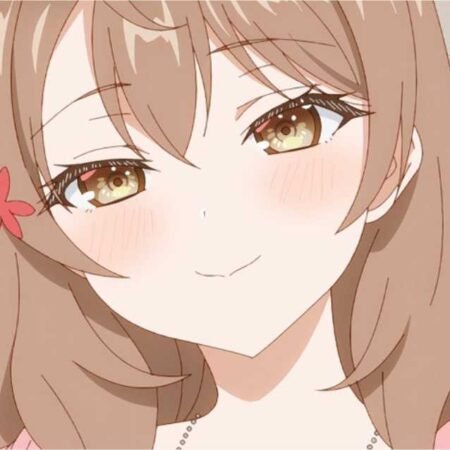When a popular manhwa like “Solo Leveling” is adapted into an anime, it’s fascinating to see the differences that emerge between the two formats. These differences are not only a reflection of stylistic or narrative changes, but also a window into how the story can be reinterpreted in a new medium.
In the first episode, the “Solo Leveling” anime demonstrates several changes, additions and omissions that offer a different experience compared to the original manhwa. Such changes range from small nuances to completely new elements in the story structure.
Interestingly, despite these transformations, the anime still meets high expectations, making a respectful and intriguing adaptation, even when faced with the challenge of transposing the content to a new medium.
Check out the biggest differences between the Solo Leveling anime and the Manhwa:
9. The Absence of the Coffee Scene with Jinwoo
A Different Entry into Anime
In the anime “Solo Leveling”, the scene where Sung Jinwoo orders a coffee, as portrayed in the manhwa, is omitted. Instead, we see Jinwoo arriving at the construction site and casually greeting other hunters. This change may seem small, but it changes the way the character is introduced, suggesting a slightly different and perhaps less lonely dynamic for Jinwoo in the anime.
8. Who Opens the Door to the Double Dungeon?
A Variation in Group Leadership

In the anime, the discovery of the double dungeon and the decision to enter it present a notable difference from the manhwa. While in the manhwa it is the team leader, Song, who takes the initiative to open the door, in the anime this action is carried out by Kim Sangshik. This subtle change in group dynamics can have interesting implications for character development and the narrative as a whole.
7. Go Gunhee’s Early Appearance
A Strategic Introduction

The early introduction of Go Gunhee, president of the Korean Hunters Association, in the anime is a significant change from the manhwa. This decision not only highlights the character’s importance from the start, but also signals future political and social complexities that will be explored in the series.
6. Sung Jinwoo Suffers a More Brutal Attack
Intensifying Vulnerability Representation
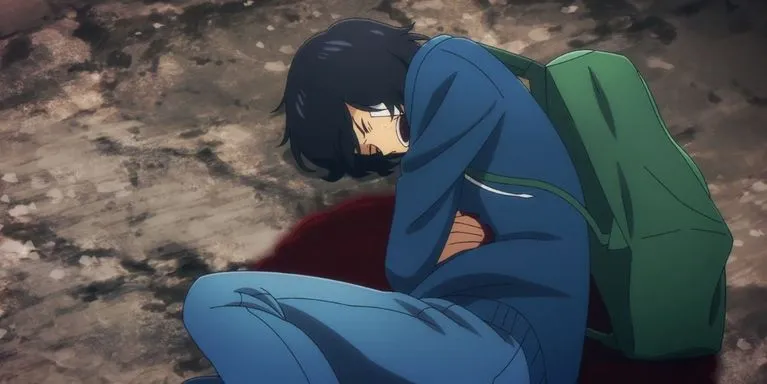
The “Solo Leveling” anime adds a scene where Jinwoo is stabbed by a goblin, a sequence that is not present in the manhwa. This scene intensifies the representation of Jinwoo’s vulnerability and struggle, contrasting with the manhwa’s more stylized approach to combat scenes.
5. Jinwoo’s Change in Weapons
A Revealing Detail
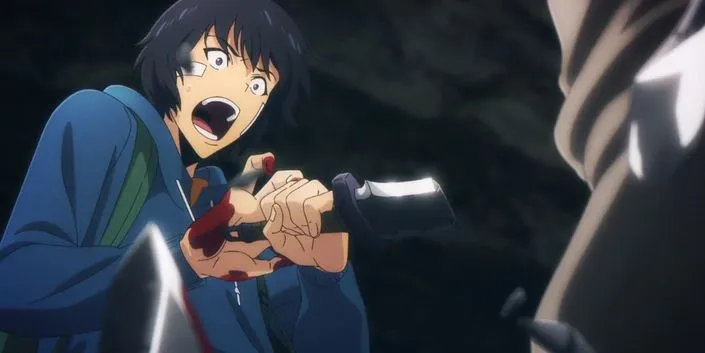
In the anime, we see Jinwoo entering the dungeon with a knife, which he later breaks during combat. This is a considerable change from the manhwa, where he enters unarmed. The presence and breaking of the knife in the anime adds a layer of tension and highlights the difficulties Jinwoo faces as a low-level hunter, while also highlighting the financial and resource differences between him and other hunters.
4. Sung Jinwoo and Social Dynamics
A Touch of Camaraderie in Anime
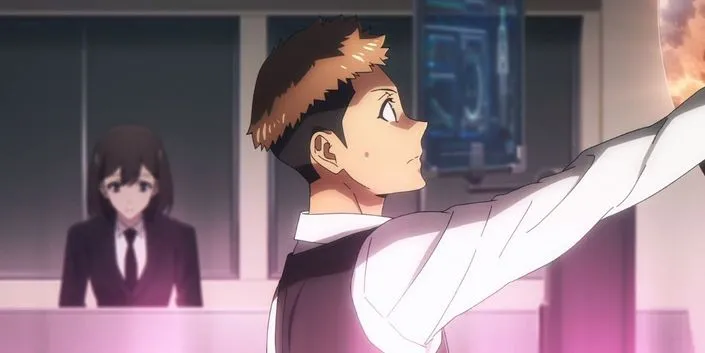
In the anime “Solo Leveling”, we noticed a slight change in the representation of Sung Jinwoo, mainly in terms of his social interactions. Unlike the manhwa, where Jinwoo is portrayed more as a lone hunter, the anime shows him greeting other hunters at the construction site. This subtle difference suggests a version of Jinwoo that is a little more socially integrated, at least in first impressions, instead of the lone wolf portrait that is more evident in the manhwa.
3. Cha Hae-In’s Early Presence
A Surprising and Early Introduction
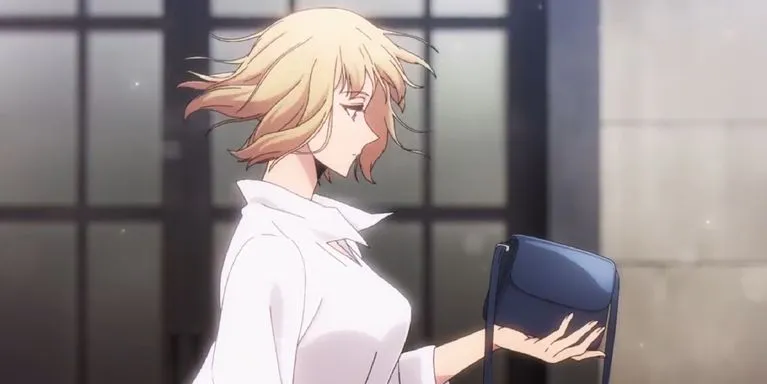
In the anime, Cha Hae-In, a central character in the narrative, is introduced much earlier than in the manhwa. His early appearance, skillfully stopping a purse snatcher, not only captivates longtime fans, but also establishes his character’s importance and strength in the series early on. This change is strategic, creating an expectation around Hae-In and setting the stage for her development as a main character throughout the series.
2. The Linguistic and Cultural Issue in Anime
Challenges and Adaptations
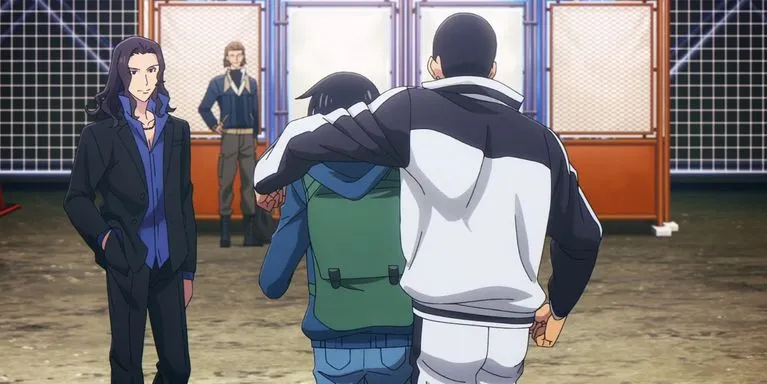
The production of the “Solo Leveling” anime by A-1 Pictures, a Japanese studio, brings to light interesting challenges related to cultural and linguistic adaptation. While the international version remained faithful to Korean names and contexts, the Japanese version made some changes, such as replacing names and locations, adapting them for the Japanese audience. This decision sparked debate among fans, especially considering future story arcs involving an international context.
1. The Exclusive Prologue on Jeju Island
A Narrative Innovation
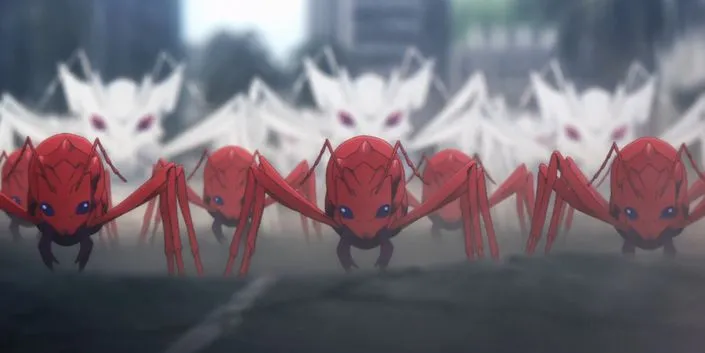
The anime begins with a dramatic prologue on Jeju Island, featuring an invasion of giant ants, a scene that does not exist in the manhwa. This exclusive beginning of the anime serves to introduce the viewer to the world of “Solo Leveling”, showing S-rank hunters in action and setting the stage for the plot. This addition is a creative strategy that not only captures attention from the start, but also provides an exciting preview of future events in the series.
In these differences between the anime and the manhwa of “Solo Leveling”, we see not only the adaptation of a story to a new format, but also the exploration of new narrative possibilities. These changes offer fans of the manhwa moments of novelty and new perspectives on already known characters and events, while respecting the essence of the original plot.
So, these are the biggest differences between the Solo Leveling anime and the Manhwa so far.
